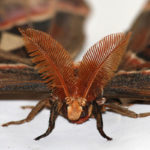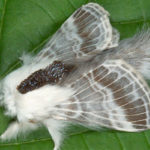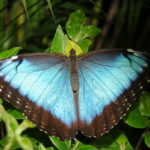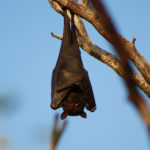Moths – information
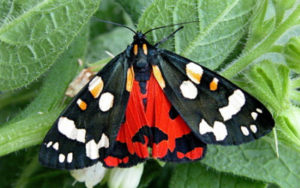 Moths are butterflies with a wingspan of 5 to 30 mm. At the same time, they do not feed themselves on fur coats and carpets, but lay eggs from 60 to 120, from which appear larva caterpillars, which, in fact, eat everything in a row.
Moths are butterflies with a wingspan of 5 to 30 mm. At the same time, they do not feed themselves on fur coats and carpets, but lay eggs from 60 to 120, from which appear larva caterpillars, which, in fact, eat everything in a row.
Their menu is diverse: fur, hair, wool, bristles, leather, feathers, hooves, meat, dried fish, dry insects, felt, felt, felt boots, leather book bindings, stuffed animals, carpets etc. Among the moths there are also gourmets, their preferences are reflected in the names of species: fur moth, clothing, felt, carpet, etc.
At the present time, such types of moths have started appearing, “daring and tormented,” eating cardboard, paper, synthetic fabrics and even polyethylene and polyvinyl chloride films. Caterpillars can even eat with the insulation of telephone wires.
Caterpillars build a shelter from silk threads in the form of tubules (fur moth), a wide canopy (a cloak of moth), branchy divergent strokes (carpet moth). The favorable temperature for moth life is 23-28 degrees. In the cold, moths perish.
In the fur and clothes moth caterpillars pupate in a nutritious material, the fur caterpillar leaves the fur product and hibernate, hanging the covers to the ceiling, pupating in the spring. Pupae develop 1-2 weeks. Butterfly moths can lay eggs both in clothes and just in the corner of the closet. You should know that a furniture and a moth can lay eggs away from woolen things, and their larvae are able to get to the food themselves. Larvae of fur moths can crawl into another room and hang hanging cocoons on the ceiling.
There are sufficiently effective chemical agents for fighting these pests. That’s what you need to know: moths do not like the smell of toilet soap (flower), newspaper sheets, orange peels, tansy. Things are recommended to clean and dry not only in summer, but also in winter. Temperature from +5 to +10 degrees delays the development of moths, and the effect of temperature from -15 to -20 degrees, it kills.
